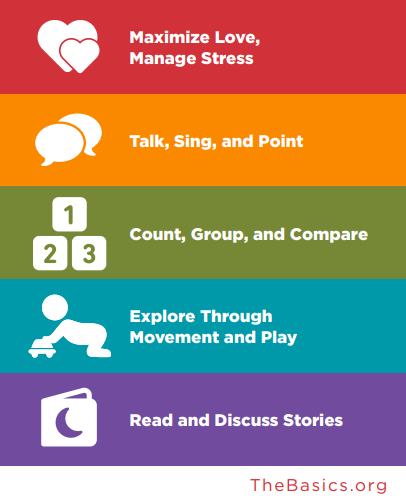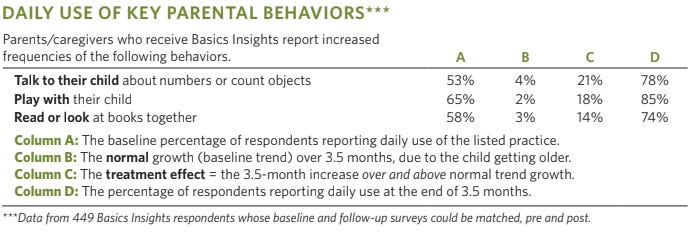Explicit Instruction "Helps All, Harms None"
Leverage structured messaging to shift popular parenting culture.
The problem with most parenting content isn’t the perpetuation of America’s parenting-industrial complex, driven by college-educated and hyper-connected millennial parents. Where the solution is thought to lie somewhere in the top 5 on the relevant “12 Best (fill in the blank) For Your (fill in the blank)” listicle.
It’s the focus on rumination. Albeit comforting and needed at times, there is no substitute for education followed by action. It’s not like any of us become the parents we want to be overnight. But there is something to be said for finding a few good sources and making baby steps towards what you seek: enjoyment and fulfillment in your parenting life.
Easier said than done when you feel like you are watching your kids grow up from behind your kitchen sink.
It’s taken years to cull a list of resources that I trust and find indispensable. This is tough given that once you follow @drbeckyatgoodinside, you’re given a half dozen suggestions of other accounts you might follow, and why not! But now my firstborn is 8, and I just don't have it in me to be redirected through another affiliate link or make any more purchasing decisions based on the arrival date. Still a little bit quick on the Kindle purchases, but like I said, baby steps.
The bottom line, and this is neither a shocking nor original statement, but we have no widespread parenting support in America.
What we do have, at a sociological level, is a parenting industry predicated on the confusion, exhaustion, and desperation of caregivers.
Explicit Instruction “Helps all, harms none”
Anita Archer and Charles Hughes wrote the seminal book “Explicit Instruction” and define it as:
“systematic, direct, engaging, and success oriented—and has been shown to promote achievement for all students.”
Explicit reading instruction is what’s been missing from so many of our reading classrooms. The Sold A Story podcast popularized the issue this past fall- have you listened yet? And I later discussed the issue in my excessively nautical post here.
There are numerous parallels to draw between teaching someone to read and building confident caregivers. For one, in the absence of explicit instruction, both parties fail to thrive.
Conversely, when kids are taught to read using systematic instruction, and ‘crack the code,’ they are able to deftly apply rules to new and more challenging situations, and know the exceptions. The same can be said of a confident parent.
Furthermore, in teaching, content knowledge is only part of the equation. A clear ‘scope and sequence,’ for the instruction is the only way to get things done. This detailed plan for the pacing, design, and sequence of the instruction is supported by research, but stands on its own as a system of study.
This is the major delineation between something like The Basics and the current parenting ecosystem. While a parenting blog might provide a similar suggestion, where does that piece fit into the puzzle? How is it building on what you already know?
I recently read the phrase “helps all, harms none” from the Right To Read Project in regard to providing all students with explicit phonics instruction. Again, another parallel to the research-backed framework of The Basics.
Take a look at the data detailing the effects of receiving two or more text messages a week providing facts and activities to support their child's development.
There is a lot to unpack here from each column, but just focusing on Column C: Explicit instruction on the benefits and ways to talk, play, and read with their children, created a 14-21% increase in the practice.
Now that is something to cheer for.
I’m super excited to start rolling out The Basics with our first community partner this week. I already posted the first two social media posts in my Substack chat, so go check them out if you haven’t already!






